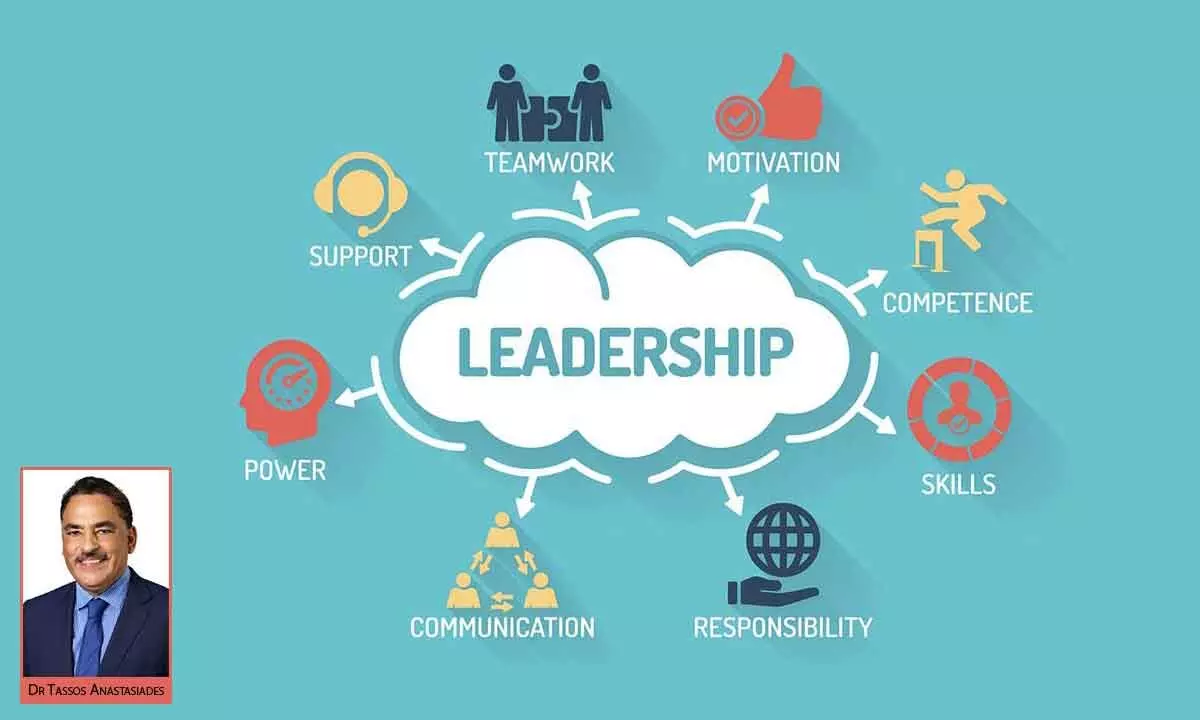Developing leadership in schools

Educational leadership is not just about creating a positive change in educational policy and how the school is led, rather the big picture involves working with and guiding teachers towards improving education in elementary, secondary, and post-secondary to achieve impactful student learning outcomes.
The development of school plans is a collaborative process between school professionals, parents, and other community stakeholders who all take ownership of improving student learning. Effective school leaders are guided by a vision and school improvement process and plans which are strategic in nature.
The school improvement plans prioritise goals and objectives, identify strategic actions to achieve school goals, and include monitoring, implementing, and evaluating the strategies.
The educational leader’s role in inspiring, motivating, affirming, and challenging or extending the high-quality teaching and learning is key.
Here are some pointers to this effect:
♦ Developing a shared vision for leadership
Teachers must catalyse interest and passion in students which leads to a lifelong understanding of the way the world works and the relevance of arts, sports, and sciences.
♦ Creating a vision
Through this hands-on approach, learners will cultivate their curiosity and learn skills to become self-regulated learners by using their own creative processes.
♦ Clarity
Being clear on learning approaches is a big uptick as it teaches students to analyse and interpret data, make informed choices and making the learner’s and creative thinkers.
♦ A vision for learning
This is developed based on individual strengths and talents and developing learner led multidisciplinary approaches, to ensure that the children develop to their highest potential.
Besides having a strategic & progressive vision, a collaborative leadership style is the need of the hour. It means that every voice, opinion should be heard, and the staff should get the opportunity to follow their aspirational goals. It empowers staff allowing for a bottom-up approach in leading professional development and upskilling opportunities.
Clear and consistent expectations for school improvement are provided to staff in a transparent leadership style.
Ensuring a quality assurance approach to:
- · Improving the consistency of planning and lesson delivery and a personalised learning approach
- · Include target setting for all children on a continuous learning journey of improvement
- · Developing and reviewing specific planned programmes of intervention for underperforming students
- · Developing approaches of learning across all curriculum areas that improve literacy and oracy across the school
- · Ensuring that the learning environment enables all teachers to drive reading, writing speaking and listening and interaction
In addition to the above, it is important to have a high level of cultural sensitivity and the flexibility, resilience, and energy to thrive in a dynamic international environment.
Collaboration and working to find solutions together in teams, looking for the best provision to develop the full potential of each individual results in transformational leadership and in a participative and democratic style where opinions are further developed and encouraged for the best possible outcomes for the students.
(The author is Principal- IB, Genesis Global School, Noida)













